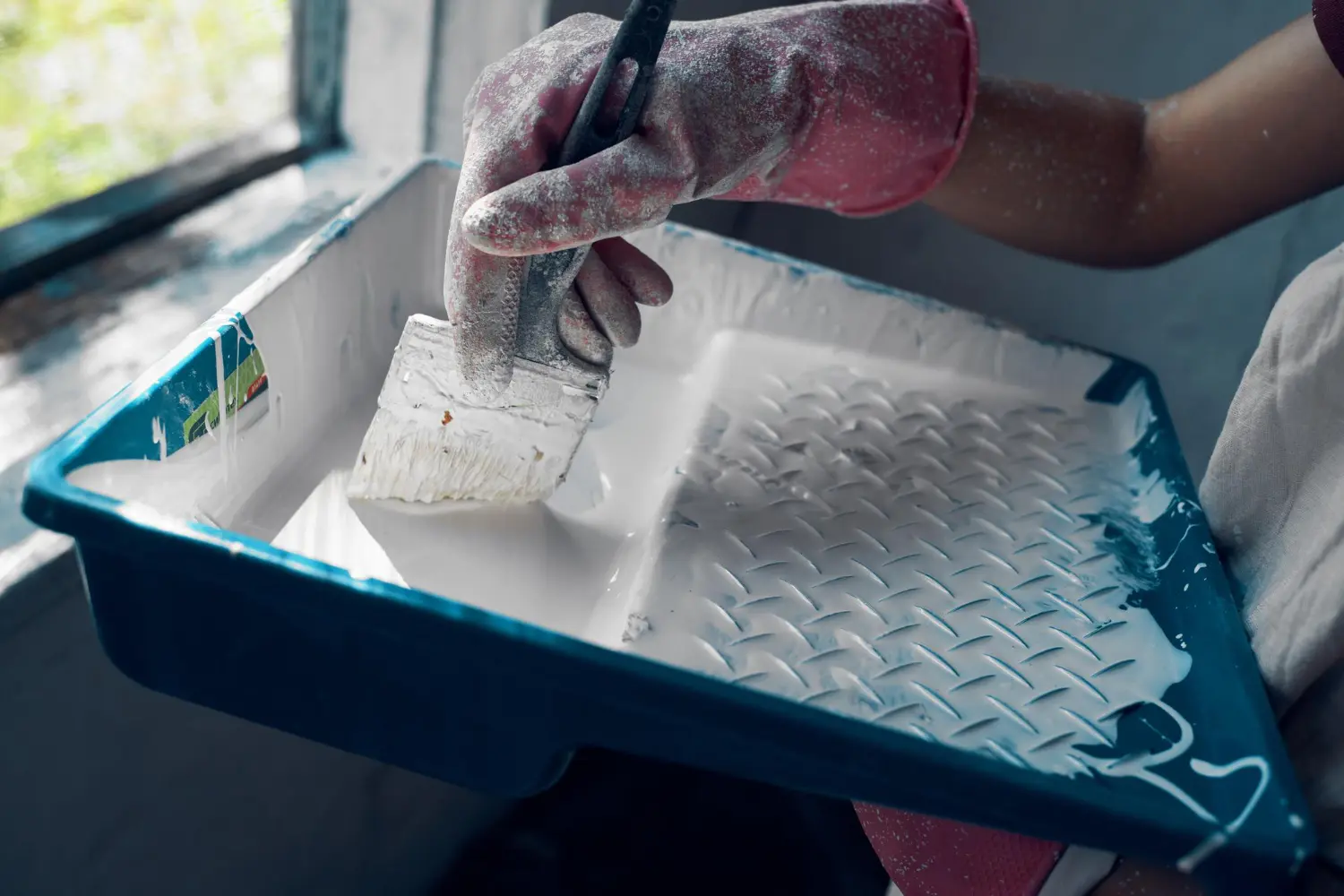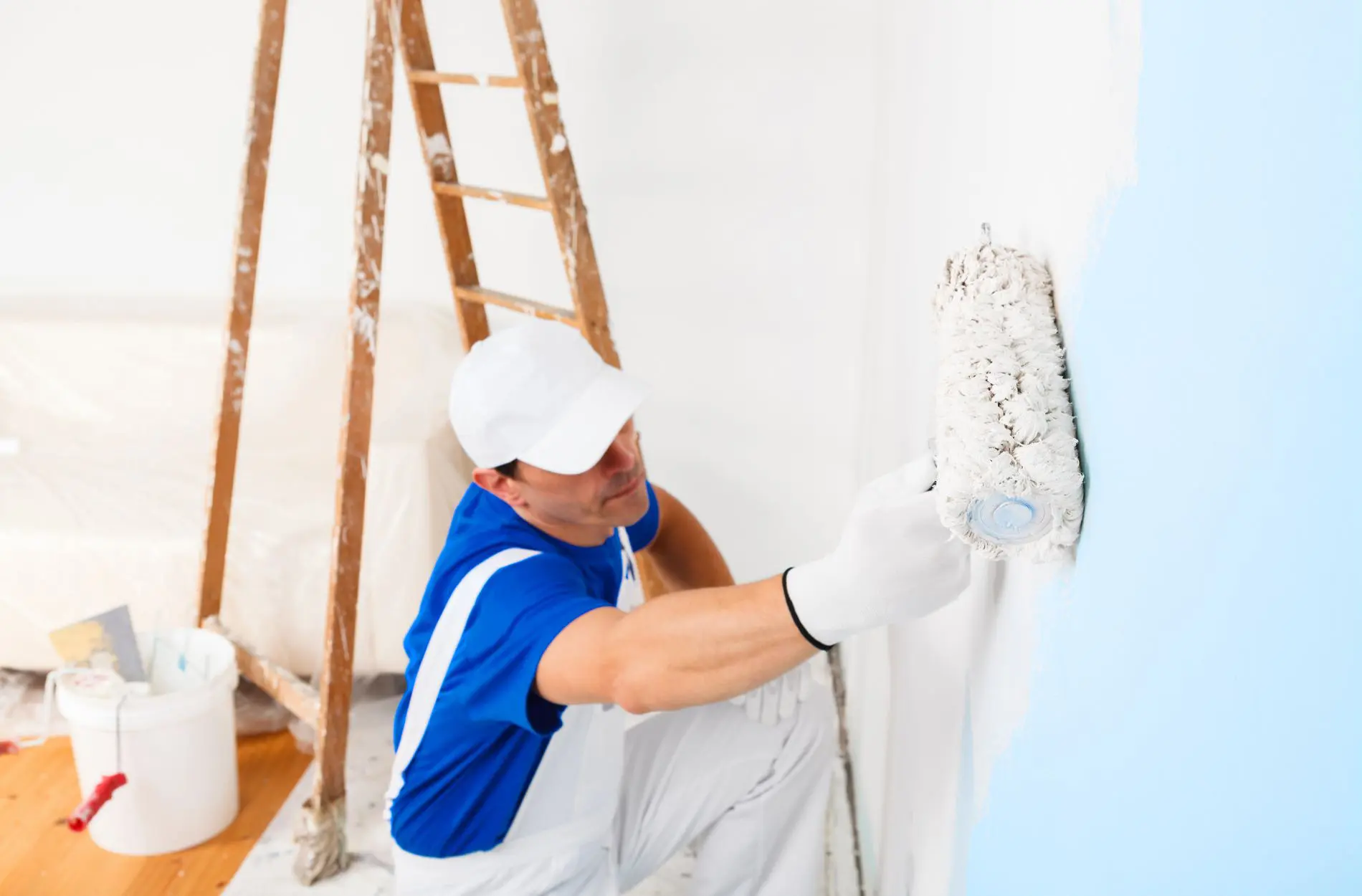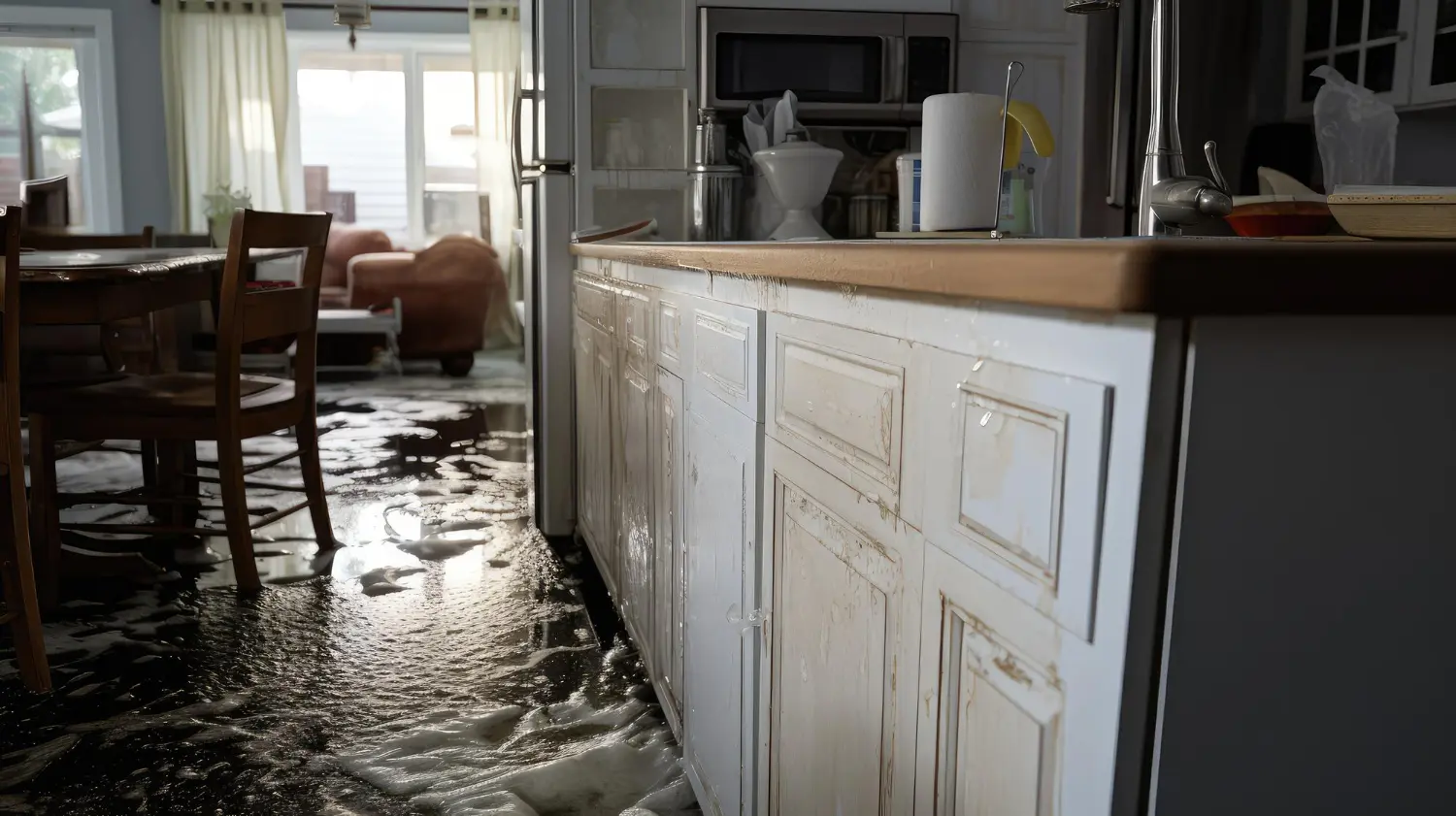Why Your Spray Painting is Never Up to Scratch

On the surface, spray painting seems like a fool-proof no-brainer. You simply grab a can, point it at the material you need to paint and hit the button.
Pretty easy, right?
Or so it seems, as the fine art of spray painting can actually be quite difficult to nail. At least, in the sense of coming up with results that look like they did in your head, before getting started.
Spray-painting can be as easy or as difficult as you want it to be. As with all interior and exterior painting projects, careful planning makes all the difference.

With this in mind, here are a few simple yet costly mistakes to avoid when spraying surfaces, indoors or outdoors:
1. Not matching the colors properly
First up, attempting to match two different spray paint colors from two different brands often proves futile. Unless you get hold of the exact same paint from the exact same supplier in the exact same color, it just isn’t going to happen.
Make this mistake and you are guaranteed to find yourself looking at a patchy and painfully uneven paint job. Color-matching services are available where specific colors are hard to come by, but it’s always best to stick with the same color from the same paint brand.
2. Failing to read the instructions
Ah yes, the number-one cause of the vast majority of problems encountered with spray paints. Different types of paints from different manufacturers need to be used in entirely different ways. This includes things like the distance between the spray nozzle and the surface, how much to apply with each coat, how long to leave each coat to dry and which materials are compatible with the paint.
Far too many people simply buy the first can of spray paint they come across and go nuts. A recipe for disaster, as it might not behave as you’d expect it to. Do yourself a favor and set aside a few minutes needed to examine the manufacturer’s guidelines from start to finish. Trust us – you won’t regret it!
3. Overlooking surface preparation
In the case of surfaces you plan on spray-painting, preparation means ensuring the surface is clean and lightly sanded. The key to ensuring spray paint doesn’t drip and run all over the place lies in creating a slightly rough surface for it to adhere to.
If necessary, you may also need to remove any loose, cracked, peeling and deteriorating paint that is already on the surface. After which, a good going-over with some medium-fine sandpaper will give you the rough surface you need for a good result.
4. Allowing dust and grime into the mix
This applies both before and after spray painting a surface. If there are any traces of dust, dirt, grease or grime of any kind on the material, they will negatively impact the result. After spraying, any airborne nasties that make their way onto the freshly painted surface will do likewise.
This is why it is a good idea to spray paint only in an environment that’s as clean and hazard-free as possible. Ideally, outdoors on a calm day, or in a well-ventilated room of the home that’s spotlessly clean and absent of pets. Speaking of ventilation, leave windows and doors open for interior painting projects, so as not to asphyxiate yourself in the process!
5. Trying to get away with one coat
It is practically impossible to produce a good result with spray paint using just one coat. Even if the manufacturer claims one coat is all it takes, you’ll almost definitely need two. If nothing else, you will first need to prepare the surface with a light ‘tack coat’ before progressing.
This is basically where you spray a small quantity of the paint onto the surface, with no intention of covering it evenly. It’s simply there to dry in place for 5 minutes or so, in order to create a tacky surface for the next coat to adhere to. In all instances, the best advice is to proceed slowly and gradually, applying multiple thin coats until the desired result is achieved.
6. Fail to provide sufficient dry time
Last up, patience is a virtue with all types of interior and exterior painting projects. Spray painting is no exception, where giving each coat plenty of time to dry is of paramount importance. If the manufacturer says each coat needs 2 hours to dry, give it 3.
Always remember that even the slightest error or oversight with spray paint can wreck the entire thing. It’s therefore better to take your time and give each coat slightly more time than it needs, just to be safe.
For more information on any of the above or to discuss your home painting requirements in more detail, contact the team at Homm CPS today.










